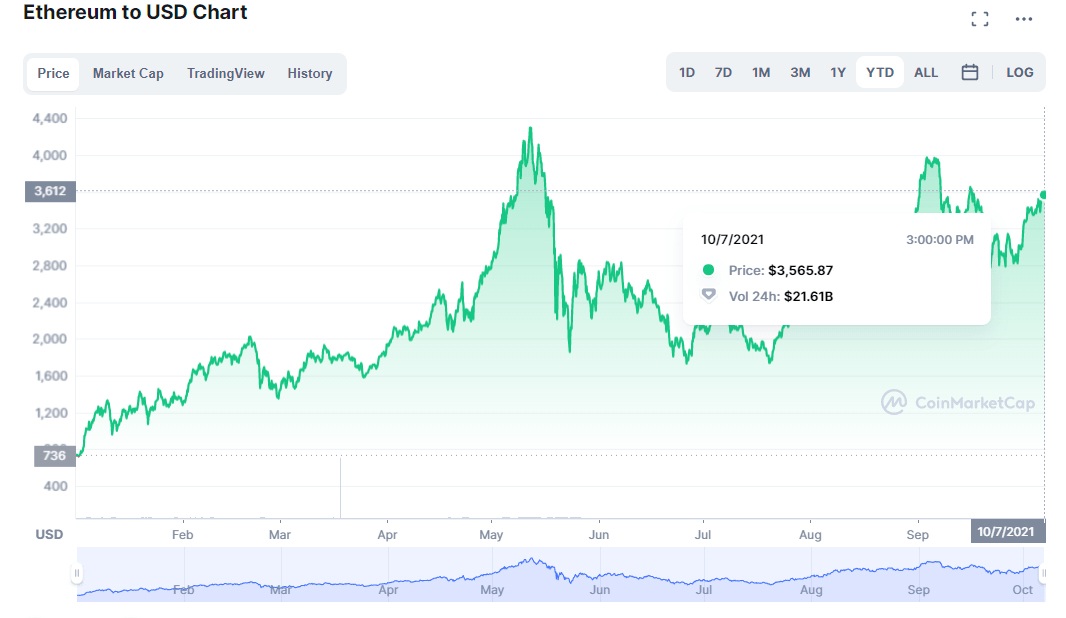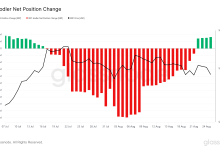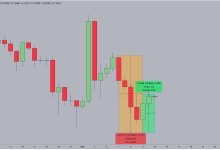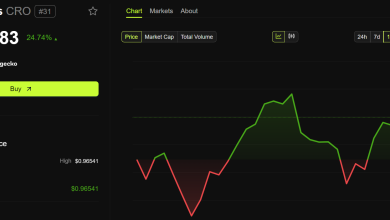What Affects Cryptocurrency Prices?

Cryptocurrency Values are notoriously volatile, with dramatic swings that captivate investors and challenge analysts.
As of July 24, 2025, BTC (BTC) trades between $50,000 and $80,000, ETH (ETH) targets $4,000–$6,000, and altcoins like Solana and Cardano experience rapid fluctuations.
Understanding what drives these Value movements is crucial for investors, traders, and enthusiasts navigating the crypto market. This article explores the key factors affecting cryptocurrency Values, from market dynamics to technological and external influences, providing a comprehensive guide to the forces shaping this dynamic asset class.
1. Supply and Demand
The fundamental economic principle of supply and demand is a primary driver of cryptocurrency Values.
-
Limited Supply: Many cryptocurrencies, like BTC, have a fixed supply cap (21 million coins). As demand rises, scarcity drives Values upward, especially after events like BTC’s halving (e.g., 2024 halving reduced block rewards to 3.125 BTC).
-
Circulating Supply: Tokens locked in staking (e.g., ETH’s 25% staked ETH in 2025) or held by long-term investors (“HODLers”) reduce available supply, increasing Values if demand remains constant.
-
Demand Drivers: Adoption by institutions, retail investors, or use in DeFi and NFTs boosts demand. For example, ETH’s Value rises with increased Transaction F fees for dApps.
Effect: High demand with limited supply fuels bull runs, while oversupply or reduced interest triggers declines.
2. Market Sentiment and Speculation
Cryptocurrency markets are heavily influenced by investor psychology and speculation.
-
Social Media and News: Platforms like X amplify sentiment, with viral posts or influencer endorsements sparking rallies (e.g., #ETHto10K Patterns in 2025). Negative news, like exchange hacks, can trigger sell-offs.
-
Fear of Missing Out (FOMO): Hype during bull markets drives retail investors to buy at peaks, inflating Values, as seen in BTC’s 2024 surge to $107,411.
-
Fear, Uncertainty, and Doubt (FUD): Rumors of bans or technical issues can lead to panic selling, causing Value drops.
Effect: Sentiment-driven volatility is amplified in crypto due to its relatively small market size compared to stocks or bonds.
3. Regulatory Developments
Government policies and regulations significantly affect crypto Values.
-
Positive Regulation: Clear Structures, like U.S. approval of BTC and ETH ETFs (2021–2023), boost investor confidence and Values.
-
Restrictive Policies: Bans or crackdowns, such as China’s crypto restrictions, depress Values by limiting adoption and trading.
-
Taxation and Compliance: New tax rules or anti-money laundering (AML) requirements can deter investors, impacting demand.
Effect: Regulatory clarity drives institutional adoption, while uncertainty or bans can trigger market downturns.
4. Macroeconomic Factors
Broader economic conditions influence crypto Values, as cryptocurrencies are increasingly viewed as alternative investments.
-
Inflation and Currency Devaluation: High inflation, as seen in some economies in 2025, drives investors to BTC as a hedge, boosting its Value.
-
Interest Rates: Rising rates, like U.S. Federal Reserve hikes, reduce speculative investments in crypto, leading to Value dips.
-
Economic Uncertainty: Global crises, such as recessions or geopolitical tensions, can increase demand for decentralized assets or reduce risk appetite, affecting Values both ways.
Effect: Crypto Values often correlate with macroeconomic Patterns, behaving like risk-on assets during bullish economies or safe havens during crises.
5. Technological Developments
Advancements in blockchain Tech directly impact cryptocurrency Values.
-
Network Upgrades: ETH’s 2022 Proof of Stake transition and upcoming sharding (2026) enhance scalability and Effectiveness, boosting ETH’s value.
-
Security: Successful blockchain upgrades, like BTC’s Taproot (2021), increase investor confidence, while vulnerabilities or hacks (e.g., smart contract exploits) depress Values.
-
Layer-2 Solutions: Technologies like the Lightning Network for BTC or Optimism for ETH reduce transaction costs, driving adoption and Values.
Effect: Technological improvements signal long-term viability, attracting investors, while delays or failures erode trust.
6. Institutional Adoption
The entry of institutional investors has transformed the crypto market.
-
Corporate Investments: Companies like MicroStrategy and Tesla holding BTC as a treasury asset signal mainstream acceptance, driving Values.
-
ETFs and Financial Products: BTC and ETH ETFs, launched in 2021–2023, attract traditional investors, increasing demand.
-
Custodial Services: Institutional-grade custody solutions from firms like Fidelity enhance market stability.
Effect: Institutional buying creates bullish pressure, while sell-offs or hesitancy can lead to corrections.
7. Market Manipulation
Crypto markets are susceptible to manipulation due to their relatively low liquidity.
-
Whale Operations: Large holders (“whales”) can move Values by buying or selling significant amounts. For example, a whale dumping 10,000 BTC can trigger a crash.
-
Pump-and-Dump Schemes: Coordinated efforts to inflate Values of low-cap coins, often promoted on X, lead to artificial rallies followed by sharp drops.
-
Spoofing and Wash Trading: Some exchanges engage in artificial trading to inflate Amounts, distorting Value Indications.
Effect: Manipulation causes short-term volatility, particularly for smaller altcoins, affecting retail investors.
8. Adoption and Use Cases
Real-world adoption drives demand for cryptocurrencies.
-
Payments and Remittances: BTC’s use for cross-border transfers or ETH’s role in DeFi increases utility and demand.
-
DeFi and NFTs: ETH’s dominance in DeFi (over $100 billion TVL in 2025) and NFT marketplaces like OpenSea boosts ETH Values.
-
Merchant Acceptance: Companies like PayPal and Visa accepting crypto payments enhance legitimacy and demand.
Effect: Growing utility in payments, DeFi, or NFTs drives organic Value growth, while stagnation reduces interest.
9. Competition Among Cryptocurrencies
The crypto market is highly competitive, with thousands of coins vying for attention.
-
BTC vs. Altcoins: BTC’s dominance (around 50% of market cap in 2025) influences altcoin Values. A BTC rally often triggers an “altcoin season.”
-
Layer-1 Blockchains: ETH faces competition from Solana, Cardano, and Polkadot, which offer faster transactions or lower fees, impacting ETH’s market share.
-
Stablecoins: Coins like USDT and USDC provide stability, diverting Funds from volatile assets during downturns.
Effect: Competition can divert investment from one crypto to another, affecting relative Values.
10. External Events and Black Swans
Unpredictable events can cause sudden Value movements.
-
Hacks and Security Breaches: Exchange hacks (e.g., Binance 2019) or protocol vulnerabilities lead to sell-offs.
-
Geopolitical Events: Conflicts or sanctions can increase demand for decentralized assets or reduce risk appetite.
-
Technological Upheavals: Innovations like quantum computing could theoretically threaten blockchain security, though not imminent in 2025.
Effect: Black swan events cause rapid Value swings, often amplifying volatility in an already speculative market.
Analyzing Value Movements
Analysts use several tools to understand and predict Value Patterns:
-
Technical Analysis: Charts, moving averages, RSI, and MACD identify patterns and Drive.
-
Blockchain-based Analysis: Metrics like active addresses, transaction Amount, and staking data reflect network health.
-
Sentiment Analysis: Monitoring X posts or news sentiment gauges market mood.
-
Fundamental Analysis: Evaluates a project’s Tech, team, and adoption potential.
For example, in July 2025, ETH’s 1 million daily active addresses and BTC’s $10 billion daily transaction Amount signal strong network Operations, supporting bullish predictions.
Strategies for Navigating Value Volatility
-
Dollar-Cost Averaging (DCA): Invest fixed amounts regularly to reduce the impact of volatility.
-
Diversification: Spread investments across BTC, ETH, stablecoins, and altcoins.
-
Secure Storage: Use hardware wallets (e.g., Ledger) to protect assets from exchange risks.
-
Stay Informed: Follow regulatory news, technological updates, and market Patterns via CoinDesk or X.
-
Risk Management: Only invest what you can afford to lose, given crypto’s high-risk nature.
The Crypto Market in 2025
As of July 24, 2025, the crypto market reflects a mix of optimism and caution.
BTC’s post-2024 halving rally and ETH’s DeFi dominance drive bullish sentiment, but regulatory scrutiny and competition from Solana and others pose challenges.
Institutional adoption, like BTC ETFs and corporate treasuries, adds stability, while sentiment on X fuels speculative spikes. Understanding these dynamics is key to anticipating Value movements.







